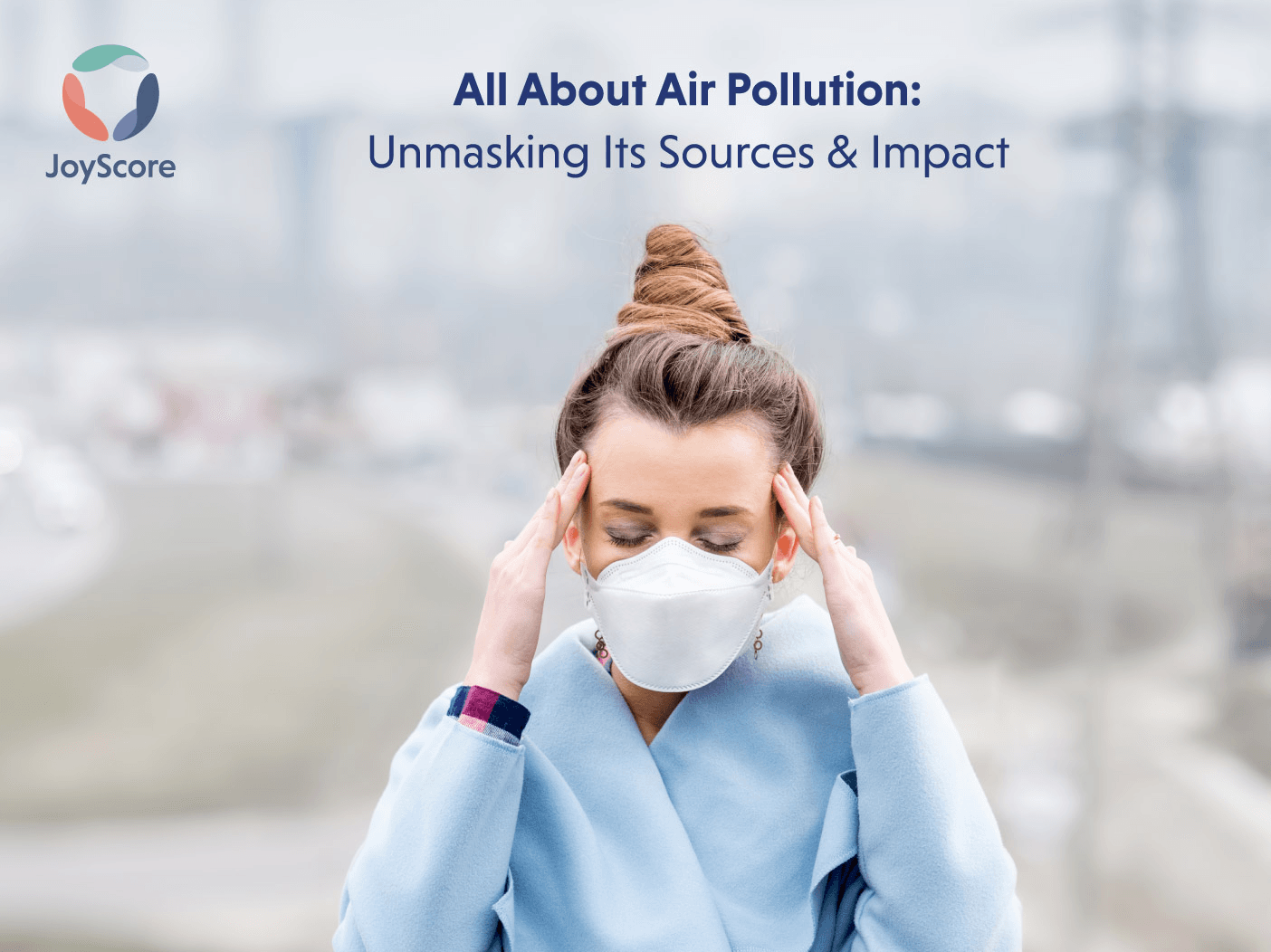What is air pollution?
An air pollutant is any substance, whether chemical, physical, or biological, that modifies the natural characteristics of the atmosphere.
Air pollution plays a significant role in the context of sustainable living as it directly impacts both human health and the environment. Sustainable living aims to meet the needs of the present without compromising the ability of future generations to meet their own needs. Therefore, addressing air pollution is crucial for achieving sustainable development.
First and foremost, reducing air pollution is essential for safeguarding public health. Poor air quality has been linked to various respiratory and cardiovascular diseases, allergies, and other adverse health effects. By minimizing air pollution, we can create healthier living environments, improve quality of life, and reduce healthcare costs associated with pollution-related illnesses.
Addressing air pollution is integral to sustainable living. By reducing pollutants and adopting cleaner and more sustainable practices in various sectors, we can protect human health, preserve the environment, and create a better future for generations to come. Embracing sustainable lifestyles and supporting policies that prioritize clean air will contribute to a healthier planet and a more sustainable future.
Various Air Pollution Sources
There are multiple ways that pollution enters the Earth’s atmosphere. Most air pollution is man-made and seems to come from factories, vehicles, airplanes, or aerosol cans. Other people’s cigarette smoke is also considered air pollution. Anthropogenic sources refer to these man-made pollution causes.
Some types of air pollution occur naturally, such as volcanic ash and wildfire smoke. We call these natural resources.
In large cities where emissions from many sources are concentrated, air pollution is widespread. Sometimes air pollution is prevented by mountains or large structures. The air pollution that causes this smog often takes the form of clouds. This is known as smog. By combining “smoke” and “fog”, the word “smog” was born.
Large cities in developing and underdeveloped countries typically have worse air quality than cities in industrialized countries. The World Health Organization (WHO) lists some of the most polluted cities in the world as Cairo, Egypt, Beijing, China, Lima, Peru, New Delhi, and Pakistan. However, air pollution is an issue in many affluent countries as well. California’s Los Angeles is known as “Smog City.”
Effects on People

Exposure to air pollution has far-reaching negative effects on people’s health. Short-term and long-term effects are two categories of effects.
Temporary, short-term effects include conditions such as pneumonia or bronchitis. They also include discomfort such as a rash on the skin, eyes, nose, or throat. Symptoms of air pollution include headache, dizziness, and nausea. Air pollution also includes offensive odors produced by factories, landfills, or sewage systems.
The long-term effects of air pollution might last for many years or for the rest of a person’s life. They might even result in someone’s demise. Respiratory diseases such as heart disease, lung cancer, and emphysema are among the long-term health effects of air pollution. Additionally, prolonged exposure to air pollution can damage a person’s nerves, brain, kidneys, liver, and other organs. Some scientists believe that birth defects are caused by air pollution. Every year, 2.5 million people around the world die from the effects of indoor or outdoor air pollution.
People are affected differently by different forms of air pollution. With compromised immune systems, children and elderly people are usually more vulnerable to contaminants. Exposure to air pollution can make lung, cardiac, and asthmatic disorders worse. Additional crucial factors are the quantity, kind, and duration of the exposure to the pollutant.
Environmental Impacts of air pollution
Like people, animals, and plants, entire ecosystems may be impacted by the effects of air pollution. Similar to smog, haze is an obvious form of air pollution that makes colors and forms difficult to see. Pollution-induced haze can also mask the sound.
Air pollution particles eventually fall to Earth. Air pollution can directly damage the soil and water surface. This can lead to crop death or reduced production. Young trees and other plants can also die.
Global Warming

Global warming is a critical environmental issue within the context of sustainability. It is primarily caused by the accumulation of greenhouse gases, such as carbon dioxide, in the Earth’s atmosphere. Deforestation and the combustion of fossil fuels are two of the main causes of this issue. As greenhouse gases trap heat, global temperatures rise, leading to various negative impacts. These include melting ice caps, rising sea levels, extreme weather events, and disruptions to ecosystems and human livelihoods.
To address global warming, sustainable solutions are necessary, such as transitioning to renewable energy sources, promoting energy efficiency, sustainable land management, and international cooperation through agreements like the Paris Agreement. By taking action, we can mitigate the effects of global warming and work towards a more sustainable future.
Reduction of air pollution
Individual efforts to reduce air pollution and promote sustainability can have a meaningful impact. Simple actions like choosing cycling or public transportation over driving, avoiding aerosol products, recycling yard waste instead of burning it, and quitting smoking can significantly contribute to reducing air pollution. Opting for active modes of transportation decreases vehicle emissions while avoiding aerosols and using eco-friendly alternatives minimizes the release of harmful pollutants.
Proper waste management and quitting smoking further help in mitigating air pollution. By collectively adopting these practices, we can create a healthier environment and pave the way for a more sustainable future.
In conclusion, air pollution is a significant environmental challenge that affects both human health and the planet’s well-being. It is a crucial aspect to consider in the context of sustainable living, as reducing air pollution is essential for safeguarding public health, preserving ecosystems, and mitigating climate change. By adopting sustainable practices, transitioning to renewable energy sources, promoting energy efficiency, and implementing effective policies, we can make a positive impact in reducing air pollution and its detrimental effects. It requires collective action and individual responsibility to create a cleaner and healthier environment for present and future generations, paving the way toward a more sustainable and resilient future.



